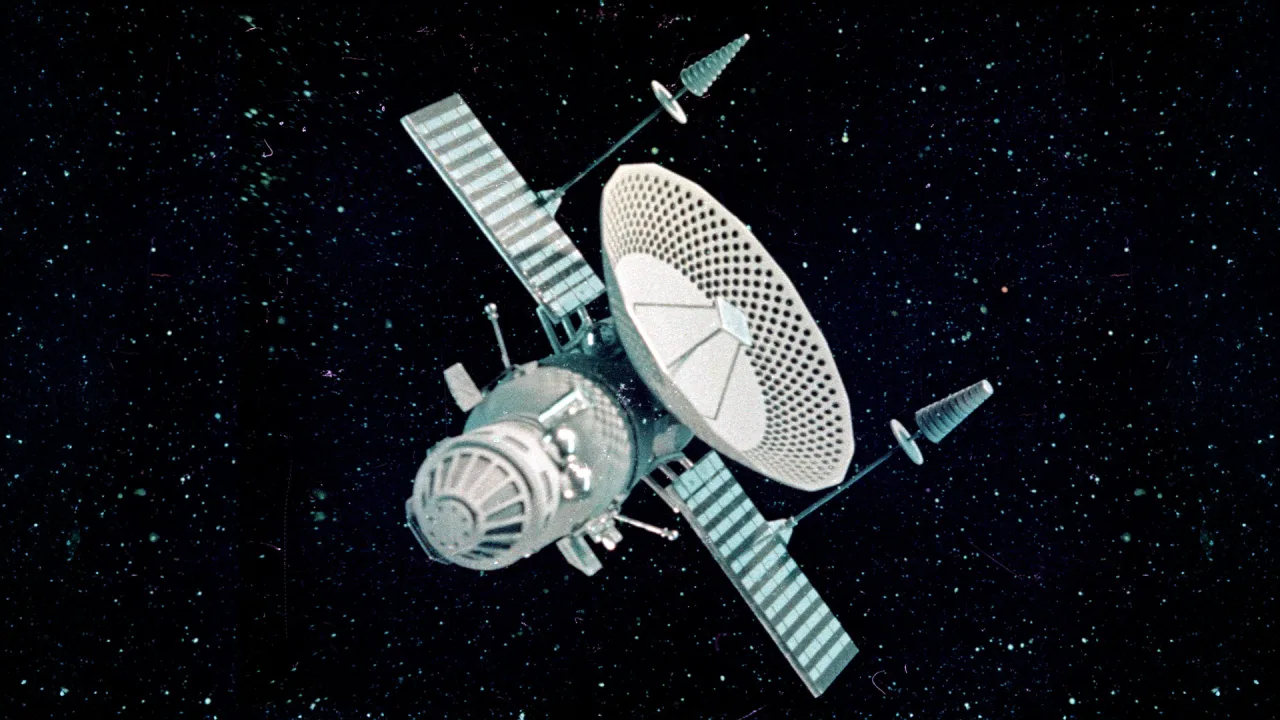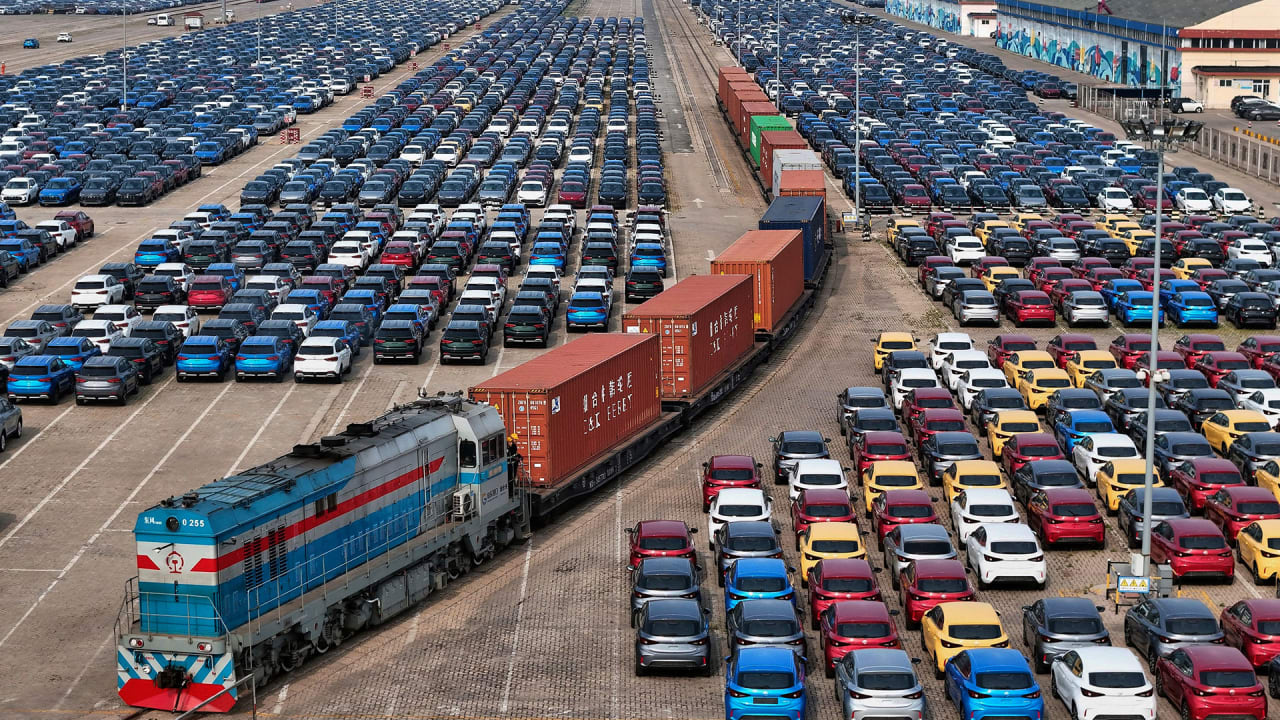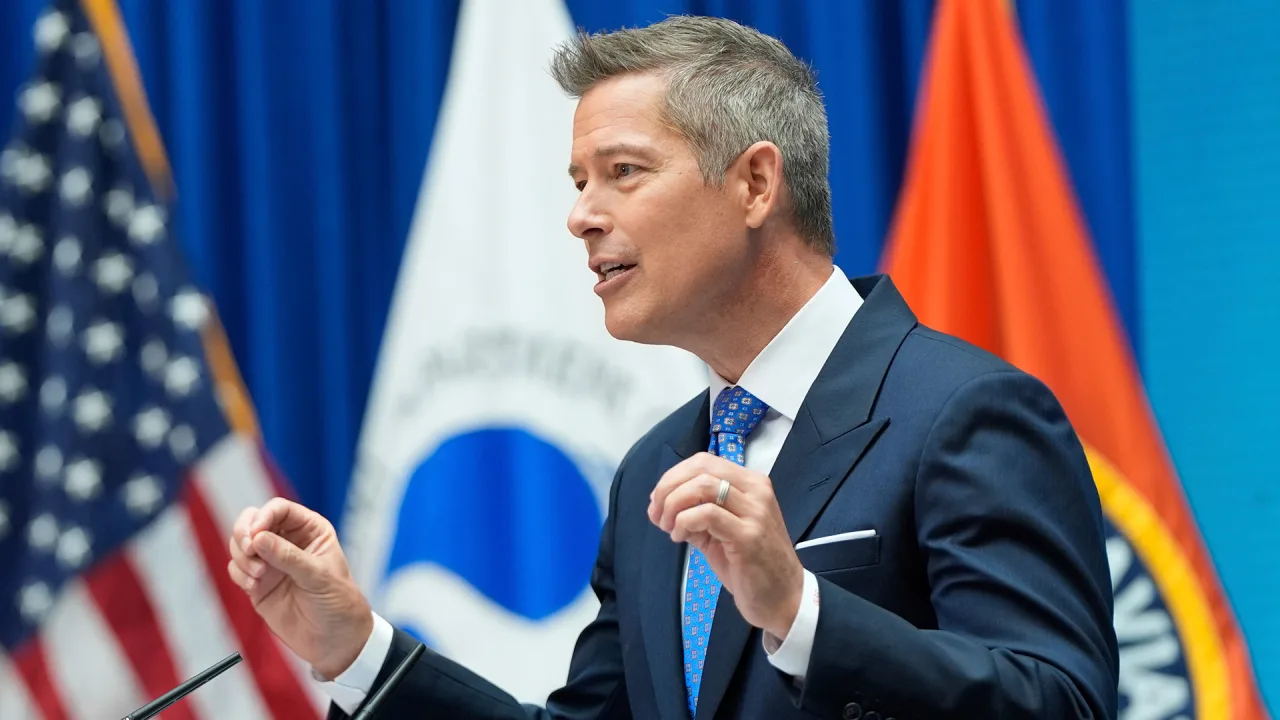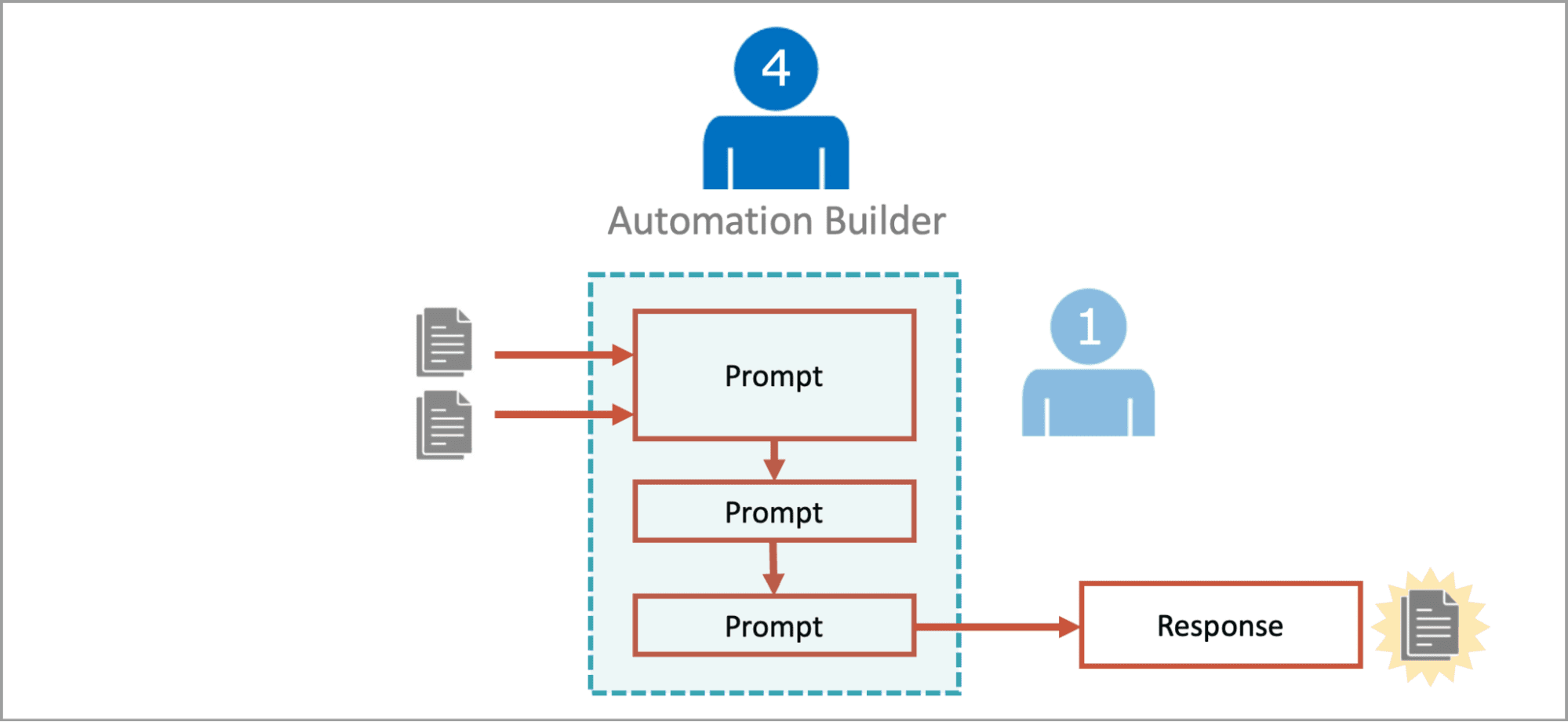The local bus should be like a sidewalk with a motor
You don’t wait for the sidewalk. You don’t check an app to see if it’s working. You don’t wonder if it’s meant for someone else. Sidewalks are just there—always available, always on. And when they’re well designed, you barely notice them. They quietly support everything: commerce, mobility, safety, health, and freedom of movement. Sidewalks don’t require instructions. They’re intuitive. Step on, move forward. That’s the framing we need for local bus service. A well-run bus system is an express sidewalk—a piece of infrastructure that dramatically expands the number of destinations within walking distance. Unfortunately, buses aren’t thought of that way. In most American cities, public transit is treated like a last-resort service, a social program for people who can’t afford cars, something to be endured rather than embraced. And so they’re designed that way: infrequent, inconvenient, hard to use, and often stuck in traffic. The blueprint If a bus system is going to function as a seamless extension of the sidewalk, it has to operate on the same principles: ● Frequency. You don’t plan your life around a sidewalk’s availability. ● Convenience. Buses must go where people actually want to go, with direct routes that don’t meander like a bureaucrat’s fantasy map. ● Safety. Waiting at a stop should feel as safe and dignified as standing on a downtown corner. ● Reliability. If you can’t trust it to arrive when it says it will, it’s not infrastructure—it’s a gamble. If general purpose car traffic dominates the curb, buses will never scale, and walking—the most ancient, equitable form of transport—remains functionally capped. Dedicated transit lanes are the asphalt equivalent of pouring a continuous slab of concrete for pedestrians. Bus-only lanes ensure that the people choosing high-efficiency transportation aren’t punished for it. (As an added bonus, people can ride bikes in the bus lanes.) Treat the bus like a sidewalk, and people will use it like one Most Americans only experience a transit system that treats them like a priority when they travel overseas. “It was amazing. We didn’t even have to rent a car.” Here in the U.S., we’ve been conditioned to expect low-frequency bus service with few shelters, unpredictable arrivals, and a cultural subtext that transit is a charity case for those people. But we don’t build sidewalks out of pity. We build them because they’re essential infrastructure like plumbing or electricity. If we want to cut congestion, reduce emissions, boost economic access, and improve quality of life, we already have the most elegant, human-scaled delivery system imaginable: walking. But to expand the range of walkability, we need a mobility system that functions like walking at scale—intuitive, frequent, and always ready. That’s what a local transit system could be. The moment we stop treating the bus as a social program and start treating it like an express sidewalk, we unlock a public good that meets people where they are and moves them forward. The bus can’t be stuck in traffic If the local bus is going to function as an express sidewalk, I can’t overstate the importance of high-frequency, reliable service. That means it can’t be stuck in traffic jams. On multilane roads, the obvious answer is dedicated transit lanes. Transportation experts typically think of road reconfigurations as replacing general purpose lanes with bike lanes and a center bidirectional left-turn lane. But on a busy transit corridor, the road diet can just as easily be designed for express sidewalks. DIY street design You don’t have to be a professional engineer or graphic artist to come up with renderings that illustrate before-and-after scenarios for a street in your community. Streetmix is a free web tool that’s ridiculously easy to use. It’s set up for drag-and-drop design so you can make a typical section that reflects your local conditions. Here’s a short article with instructions to use Streetmix (free!) and Google Maps (free!) to design the future you want, instead of the one you’ve been told is inevitable. A bus isn’t charity, it’s concrete infrastructure that expands the reach of your feet. When we treat it like an express sidewalk—built for frequency, protected from gridlock, and trusted like any utility—it stops being a backup plan and starts being the backbone of a thriving city. We don’t need to convince people to ride the bus. We just need to operate it like we mean it.
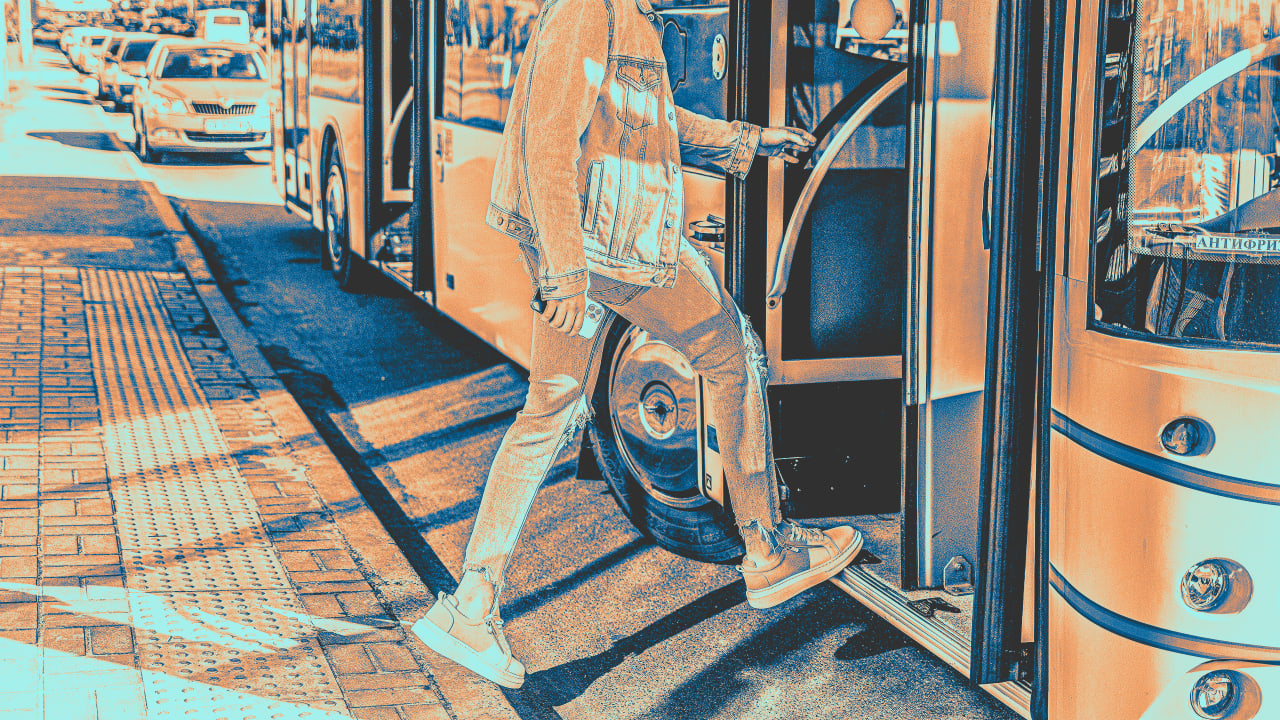
You don’t wait for the sidewalk. You don’t check an app to see if it’s working. You don’t wonder if it’s meant for someone else. Sidewalks are just there—always available, always on. And when they’re well designed, you barely notice them. They quietly support everything: commerce, mobility, safety, health, and freedom of movement. Sidewalks don’t require instructions. They’re intuitive. Step on, move forward.
That’s the framing we need for local bus service. A well-run bus system is an express sidewalk—a piece of infrastructure that dramatically expands the number of destinations within walking distance.
Unfortunately, buses aren’t thought of that way. In most American cities, public transit is treated like a last-resort service, a social program for people who can’t afford cars, something to be endured rather than embraced. And so they’re designed that way: infrequent, inconvenient, hard to use, and often stuck in traffic.
The blueprint
If a bus system is going to function as a seamless extension of the sidewalk, it has to operate on the same principles:
● Frequency. You don’t plan your life around a sidewalk’s availability.
● Convenience. Buses must go where people actually want to go, with direct routes that don’t meander like a bureaucrat’s fantasy map.
● Safety. Waiting at a stop should feel as safe and dignified as standing on a downtown corner.
● Reliability. If you can’t trust it to arrive when it says it will, it’s not infrastructure—it’s a gamble.
If general purpose car traffic dominates the curb, buses will never scale, and walking—the most ancient, equitable form of transport—remains functionally capped. Dedicated transit lanes are the asphalt equivalent of pouring a continuous slab of concrete for pedestrians. Bus-only lanes ensure that the people choosing high-efficiency transportation aren’t punished for it. (As an added bonus, people can ride bikes in the bus lanes.)
Treat the bus like a sidewalk, and people will use it like one
Most Americans only experience a transit system that treats them like a priority when they travel overseas. “It was amazing. We didn’t even have to rent a car.” Here in the U.S., we’ve been conditioned to expect low-frequency bus service with few shelters, unpredictable arrivals, and a cultural subtext that transit is a charity case for those people. But we don’t build sidewalks out of pity. We build them because they’re essential infrastructure like plumbing or electricity.
If we want to cut congestion, reduce emissions, boost economic access, and improve quality of life, we already have the most elegant, human-scaled delivery system imaginable: walking. But to expand the range of walkability, we need a mobility system that functions like walking at scale—intuitive, frequent, and always ready. That’s what a local transit system could be.
The moment we stop treating the bus as a social program and start treating it like an express sidewalk, we unlock a public good that meets people where they are and moves them forward.
The bus can’t be stuck in traffic
If the local bus is going to function as an express sidewalk, I can’t overstate the importance of high-frequency, reliable service. That means it can’t be stuck in traffic jams. On multilane roads, the obvious answer is dedicated transit lanes.
Transportation experts typically think of road reconfigurations as replacing general purpose lanes with bike lanes and a center bidirectional left-turn lane. But on a busy transit corridor, the road diet can just as easily be designed for express sidewalks.
DIY street design
You don’t have to be a professional engineer or graphic artist to come up with renderings that illustrate before-and-after scenarios for a street in your community. Streetmix is a free web tool that’s ridiculously easy to use. It’s set up for drag-and-drop design so you can make a typical section that reflects your local conditions. Here’s a short article with instructions to use Streetmix (free!) and Google Maps (free!) to design the future you want, instead of the one you’ve been told is inevitable.
A bus isn’t charity, it’s concrete infrastructure that expands the reach of your feet. When we treat it like an express sidewalk—built for frequency, protected from gridlock, and trusted like any utility—it stops being a backup plan and starts being the backbone of a thriving city. We don’t need to convince people to ride the bus. We just need to operate it like we mean it.



